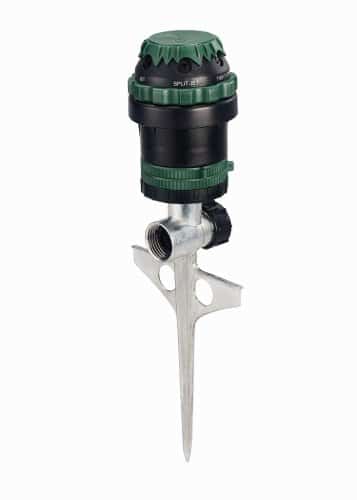Baby’s breath (Gypsophila spp.) is a popular filler flower in floral arrangements, but it can also be a beautiful addition to your garden. There are over 100 species of baby’s breath, both annual and perennial, with varying appearances, from creeping ground covers to upright mounds. The plants have small, narrow leaves and produce tiny, five-petaled flowers in white or pink. Baby’s breath plants attract butterflies and other pollinators. However, it’s important to note that baby’s breath is considered an invasive species in North America and has toxic qualities that can cause irritation and health issues in humans and pets.
Planting and Care Tips for Baby’s Breath
Baby’s breath is a low-maintenance plant that requires very little care. When planting baby’s breath, it’s important to consider its preferred conditions to ensure optimal growth and health. Here are some tips for growing and caring for baby’s breath:
1. Choose the Right Location
Baby’s breath thrives in full sun, so it’s best to choose a location in your garden that receives at least 6-8 hours of direct sunlight each day. However, this resilient plant can tolerate some shade, making it a versatile option for various garden areas. Ensure that the chosen spot has well-drained soil to prevent waterlogging and root rot.
2. Soil Requirements
Baby’s breath plants prefer soil with a slightly alkaline pH, ideally ranging from 6.0 to 7.5. Sandy soil with good drainage is the most suitable for these plants. Avoid wet clay soil, as it retains moisture and can cause damage to the roots. If your soil is heavy, consider adding organic matter or sand to improve its texture and drainage.
3. Watering
Baby’s breath has low water needs and can tolerate dry conditions once established. However, it’s essential to keep the soil moderately moist, especially when the plants are young and establishing their root systems. Water deeply, allowing the soil to dry slightly between watering sessions. Be cautious not to overwater, as this can lead to root rot. Avoid wetting the foliage when watering, as it can promote disease development.
4. Feeding and Fertilizing
Baby’s breath is a light feeder and typically only requires a yearly application of compost to nourish the soil. Before planting, incorporate well-rotted compost or organic matter into the planting hole or amend the entire garden bed. This will provide the necessary nutrients for healthy growth and profuse blooms.
5. Temperature and Climate
While baby’s breath can tolerate a wide range of temperatures, it prefers a dry climate over a humid one. It can adapt to both hot and cold climates, making it suitable for gardens in various regions. If you live in an area with high humidity, ensure sufficient air circulation around the plants to minimize the risk of fungal diseases.
By following these planting and care tips, you’ll be able to enjoy the beauty of baby’s breath in your garden. Whether used as a border plant, a filler flower in arrangements, or a standalone feature, baby’s breath brings a delicate charm to any landscape.
Can I Use the Same Fertilizer for Baby’s Breath as I Do for Peace Lily?
Yes, you can use the same fertilizer for Baby’s Breath as you do for Peace Lily. Both plants prefer a well-balanced fertilizer for peace lily that is diluted to half strength. Apply the fertilizer every 2-4 weeks during the growing season for optimal growth and blooming.
Varieties of Baby’s Breath and Propagation Methods
The Gypsophila genus offers a range of baby’s breath varieties beyond what is commonly used in floral arrangements. Some notable varieties include Gypsophila elegans, an annual that tends to self-seed and return year after year, and Gypsophila paniculata ‘Bristol Fairy,’ a perennial cultivar with beautiful double white blooms.
Propagating baby’s breath is relatively straightforward and can be done through stem cuttings or seeds. To propagate from cuttings, take healthy 4-5 inch cuttings in the spring, remove the lower leaves, and plant them in alkaline soil. The cuttings should root in about four weeks and can then be transplanted outside. If you prefer to propagate from seeds, start indoors 6-8 weeks before the last frost date and transplant the seedlings outdoors after the threat of frost has passed. You can also directly sow baby’s breath seeds in the garden.
Before planting baby’s breath, it’s important to be aware of its potential invasiveness, especially if you live in North America. Some baby’s breath species can become invasive and outcompete native plants. Additionally, it’s essential to check if your desired variety is protected or grafted onto a rootstock before purchasing or propagating.









